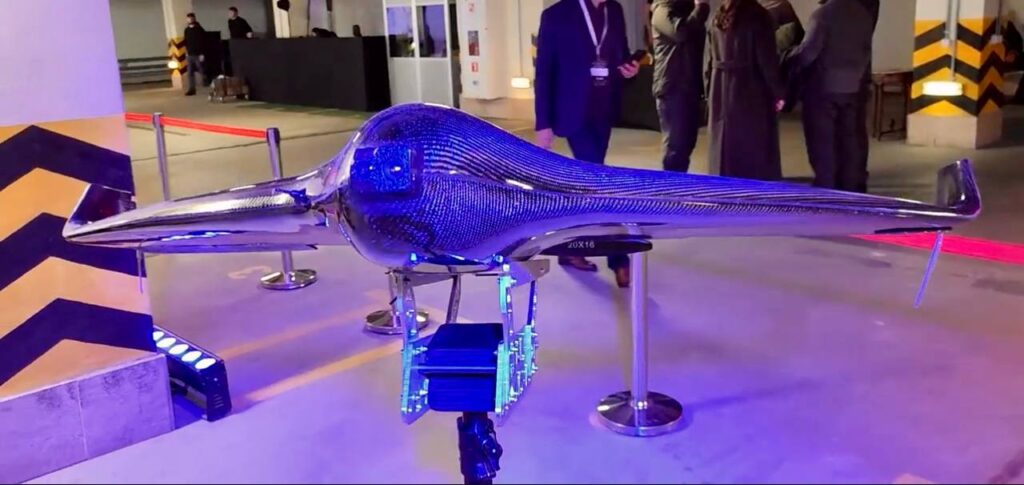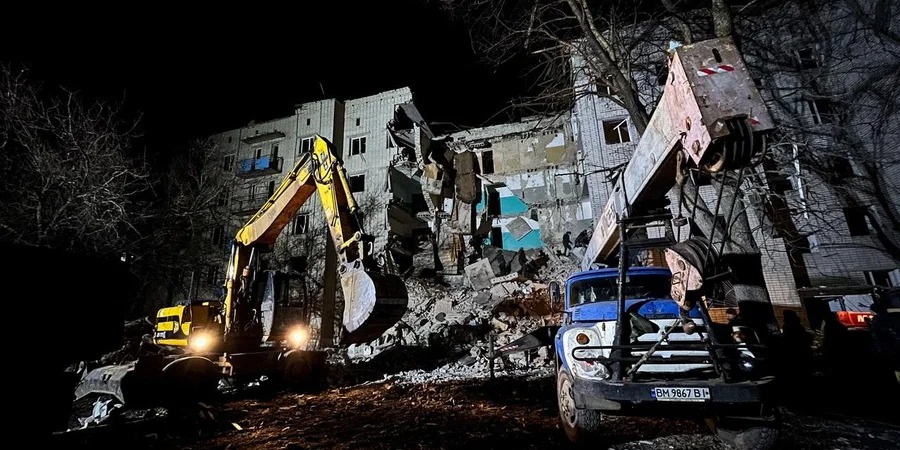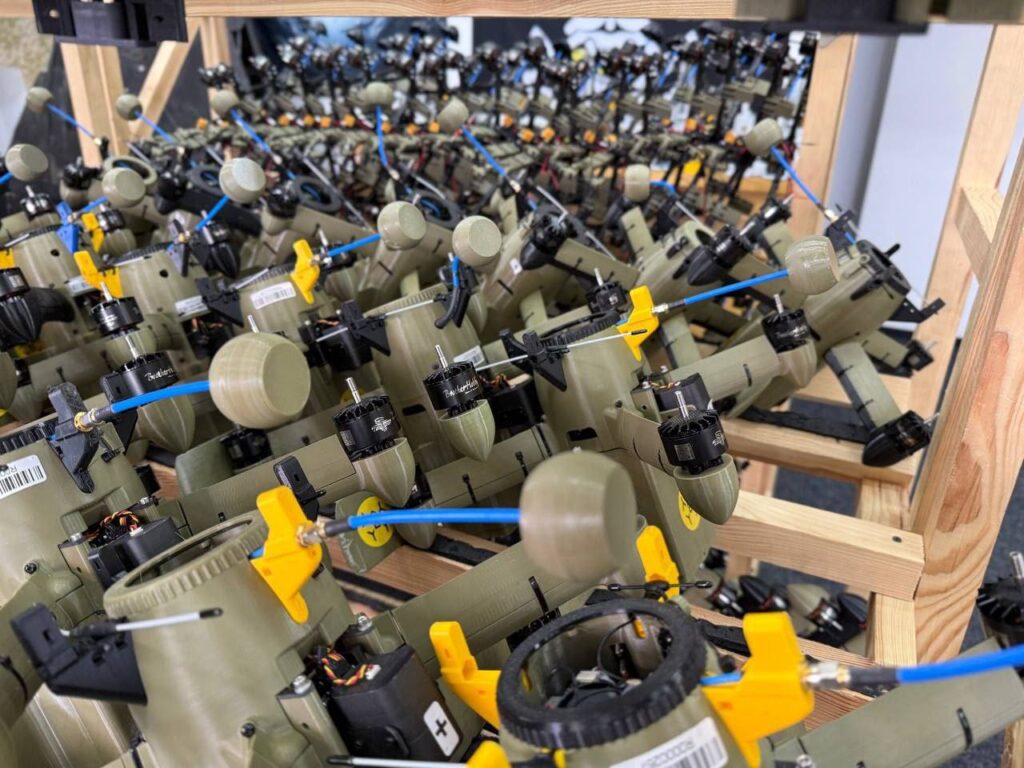
The Ukrainians are watching US President Donald Trump’s ultimatums to Iran with frustration as the US refuses to apply the same pressure to Russia.
While both regimes are using terrorist attacks as a weapon in war, the US is withholding new aid packages, avoiding fresh sanctions, effectively pressuring Kyiv toward capitulation. Meanwhile, Russia has intensified its strikes after the start of Trump’s peace efforts, at times launching four times as many drones on Ukrainian cities as Iran.
This disappointment peaked when the G7 declined to issue a joint statement condemning the war, reportedly over US concerns it might complicate negotiations with Russian ruler Vladimir Putin.
A planned meeting between Ukrainian President Volodymyr Zelenskyy and Trump at the summit was also canceled after Trump abruptly left the summit a day early. Ukraine intended to use the meeting to discuss the purchase of American weapons, including crucial air defenses.
Quiet summit, loud attack
At a moment of diplomatic failure in the West, Russia has seized the opportunity to fully display its destructive power, Texty reports.
In a recent attack, Moscow launched nearly every non-nuclear weapon in its arsenal against Kyiv and other cities, killing 28 civilians just in the capital in what became the most extensive strike by volume of targets since 2022.
Altogether, Russia deployed:
- 440 Shahed-type kamikaze drones
- 72 various decoy unmanned aerial vehicles
- Two hypersonic Kinzhal missiles
- 16 Kh-101 cruise missiles
- Four Kalibr cruise missiles
- Nine aviation Kh-59/69 missiles
- One anti-radar Kh-31P missile
“Russia struck Ukraine deliberately to demonstrate that G7 leaders are weak,” Ukraine’s Foreign Ministry said in a statement.
Indeed, the G7 failed to release a joint statement on Russia’s war, which handed the Kremlin a diplomatic victory.
The scale of the assault has sparked fears in Ukraine about whether its air defenses can withstand repeated attacks of this volume. Of particular concern was the 18 June debut of a new variant of the Shahed drone, equipped with a built-in camera, machine-vision AI module, and direct radio control from Russian territory.
Kremlin speaks through firestorm
Electronic warfare expert Serhii Beskrestnov, known as Flash, has explained that the radio modem installed in the drone allows real-time remote control from up to 150 kilometers inside Russia or from the front line. If airborne relays are used inside Ukrainian airspace, the range is even greater, NV reports.
According to The Economist, Russia has already modified its Shahed drones six times. Ukrainian engineers studying wreckage report growing concern over Russian unmanned aerial vehicles’ evolving control systems.
The latest models are resistant to Ukrainian electronic warfare. No longer reliant on GPS, these drones instead use onboard AI and operate via Ukrainian mobile internet networks.
Beskrestnov has warned that Ukraine could become exceptionally vulnerable to Russia’s growing drone swarm unless it rapidly develops its own drone interceptors. Moscow has already scaled up mass production of strike drones and continues to expand its capabilities.
War of attrition becomes war of precision
As the US support falters, Ukraine is doubling down on technological innovation.
Andrii Kovalenko, head of Ukraine’s Center for Countering Disinformation (CCD), explains that Russia’s expanding drone production is about quantity, but Ukraine is focused on quality.
“If our partners aren’t applying pressure, the Russians keep fighting. Our job is to hit hard, everywhere we can, and strip the Russians of their capabilities,” he says.
He continues: “This Kremlin collective is not eternal, just like the old Soviet politburo with its aging general secretaries who started dying off like cockroaches in the ’80s. The Ayatollah regime in Iran won’t last forever either, if its dismantling is approached surgically.”
Ukrainian engineers are rapidly advancing FPV interceptors and AI-based defense systems to overtake Russia’s tech leap. Kovalenko says dozens of drones in Ukraine are already guided simultaneously by autonomous algorithms.
Smart missiles and AI-driven drones with computer vision will now independently identify and destroy targets. Meanwhile, autonomous air and ground platforms will handle logistics and medevac missions.
Ukraine holds its first battle without soldiers
Kovalenko says the future lies in unmanned aerial and ground platforms, AI, and real-time battlefield intelligence. By the 2030s, the traditional role of infantry will be fundamentally transformed.
“A combat operation has already taken place in this war without any participation from classical infantry. It was carried out by one of our brigades,” he reveals.
In tomorrow’s warfare, sensor networks, AI, and data analysis will replace the need for human presence in front-line reconnaissance and strike coordination.
“The soldier of the future is an operator, an engineer, an analyst. Today’s infantry will become the brain of the battlefield machine,” he explains.
Simply put, the key to victory will be the speed and precision of mission planning, the intelligence of the algorithm, and the quality of equipment, not the number of soldiers on the battlefield.
Kovalenko also describes the coming technological arms race: “The Russian sheer quantity will be nullified. AI will evolve with evasion algorithms, drones, and weapons trying to dodge interception. But interception algorithms will evolve in turn.”
This, he added, is the real AI arms race between China and the West.
Europe’s defense goes quantum — and Kyiv’s plugged into future
To illustrate the global progress in military tech, Kovalenko cites Sweden’s successful combat trials of the unmanned Gripen E fighter jet equipped with the Centaur AI system.
“Over the Baltic Sea, this AI system engaged in a full-scale dogfight against a piloted aircraft, executing complex maneuvers, identifying targets, and determining the timing of the attack,” he says.
These trials carry particular significance for the Swedish Air Force, which has long sought to develop innovative technologies and tactics to enable its relatively small fleet to counter a potential large-scale air assault by Russia.
Centaur has undergone flight simulations equivalent to 50 years of operation and demonstrated combat readiness after just three real missions.
“The Beyond project, developed by Saab and German defense startup Helsing, is setting a new benchmark for next-generation air power,” Kovalenko adds.
Both of these tech giants are already linked with Ukraine. In May 2025, Saab held talks with Kyiv on modernizing Soviet-era aircraft and the potential transfer of advanced Swedish combat platforms.
The same year, Helsing announced that it was producing 6,000 HX-2 attack drones with artificial intelligence for delivery to Ukraine. The HX-2 is an electrically-powered, high-precision X-wing strike drone with a range of up to 100 kilometers. It is enhanced with onboard artificial intelligence that provides full immunity to electronic warfare.
While Trump walks out of the summit, even Spotify co-founders Daniel Ek and Shakil Khan have invested €600 million into Helsing, according to the Financial Times. The funding has boosted Helsing’s valuation to €12 billion, making it one of Europe’s five most valuable defense tech companies.
Daniel Ek, who chairs Helsing’s board, acknowledged that defense investments can be controversial but said he is “100% convinced” he made the right decision for Europe.
Shaheds vs. interceptors: race to save millions of lives
At a special G7 leaders’ session on 17 June, Ukrainian President Volodymyr Zelenskyy highlighted the urgent need for new drone interceptors, not just for Ukraine, but for Europe, the Indo-Pacific, Japan, Canada, and the US.
“We’re working on developing and deploying interceptors to protect our cities from Shaheds, our cities, and therefore yours. We need additional funding to produce them,” Zelenskyy said.
In the face of diplomatic retreat and Russian technological escalation, Ukraine is leaning on its own innovation and European allies, developing revolutionary military technologies that could redefine the very nature of modern warfare.
You could close this page. Or you could join our community and help us produce more materials like this.
We keep our reporting open and accessible to everyone because we believe in the power of free information. This is why our small, cost-effective team depends on the support of readers like you to bring deliver timely news, quality analysis, and on-the-ground reports about Russia's war against Ukraine and Ukraine's struggle to build a democratic society.
A little bit goes a long way: for as little as the cost of one cup of coffee a month, you can help build bridges between Ukraine and the rest of the world, plus become a co-creator and vote for topics we should cover next.
Become a patron or see other ways to
support.


